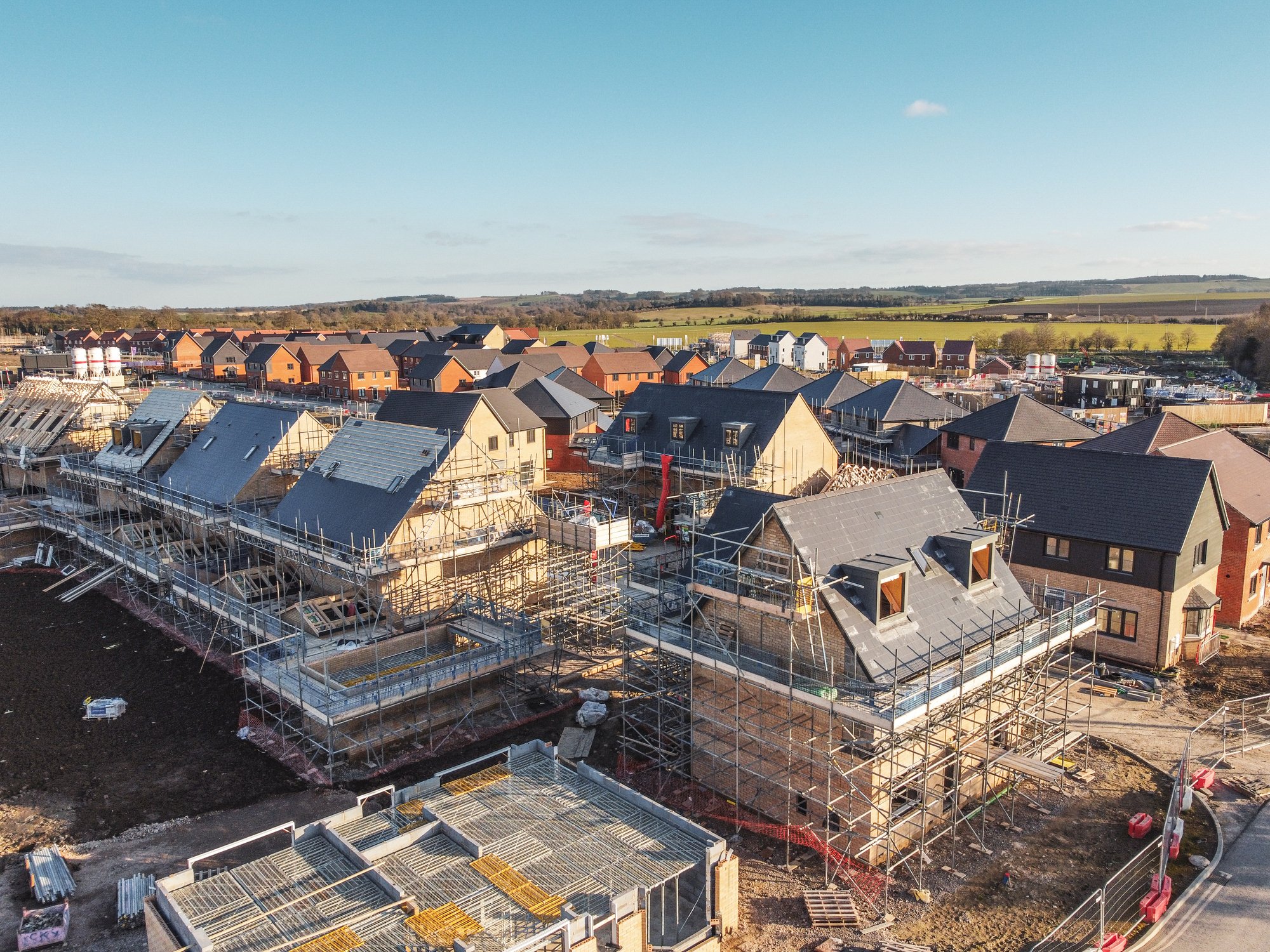The Grey Belt has been lurking in the background of the housing debate for the last year; whispered about in planning circles, featured in the occasional think tank report, politely ignored by most politicians.
But, following the election in 2024, that’s all changed.
This is the year the Grey Belt moves from theory to opportunity. Here’s why.
1. The Housing Pressure Is (Still) Mounting
Let’s start with the obvious: the 1.5 million homes by 2030 target isn’t going away, and the clock is ticking. Traditional land supply routes, like dense urban infill or long-term strategic sites, are struggling to keep pace.
Grey Belt land offers a middle path: less politically charged than Green Belt release, more viable than cramming another block of flats behind a high street chicken shop.
With housing needs and political will finally aligning (ish), 2025 is shaping up to be a window of opportunity.
2. Policy is Shifting - Fast
-
While the 2024 updates to the National Planning Policy Framework (NPPF) laid the groundwork, the February 2025 updates to planning guidance made it crystal clear: the government is doubling down on accelerating housing delivery, and the Grey Belt is now firmly in the spotlight.
Key changes include:
- Encouragement to develop on poor-quality or previously used Green Belt land (aka the Grey Belt).
- Stricter housing targets for local authorities, with some facing up to a 750% increase in delivery expectations.
- New sanctions for under-delivery, creating real urgency to find viable sites fast.
- Fast-tracked approvals for strategically important infrastructure and development.
In short: the political risk of not building now outweighs the risk of acting, especially if you’re armed with a compelling, data-led case.

3. Local Elections = Local Movement
-
After the May 2024 local elections, many planning teams have resumed reviews of stalled housing allocations, settlement boundaries, and urban edge strategies. However, with shifting political winds in the May 2025 general election, including a surge in support for parties opposed to large-scale development, planning decisions may remain politically sensitive.
Now is the moment to engage with councils early, before positions harden and consultations close. Showing you understand the local context - and have a data-led case - can set you apart from developers with more vague visions and thinner spreadsheets.
4. The Tech Has Caught Up to the Complexity
Let’s be honest; Grey Belt land hasn’t always been easy to work with. Multiple constraints, fuzzy boundaries, planning minefields... it’s enough to make even seasoned developers reach for a simpler Plan B.
But now, you don’t have to go in blind.
Tools like LandInsight’s Quick Insights give you instant clarity on site viability (planning history, constraints, ownership, and more) helping you sift through the noise and focus on the land that matters.
Speed and confidence in land assessment? In 2025, that’s a serious competitive edge.
5. First-Mover Advantage is Real
Grey Belt development isn’t mainstream - yet. That means lower competition, lower acquisition costs, and the chance to shape conversations with councils and communities before others catch up.
Additionally, given the lead time required to take a site through planning and the political uncertainty that may exist beyond the current parliament, you may need to act now if you want to get an approval before the next General Election.
It’s the classic property play: get in early, move with precision, reap the rewards.
So What Are You Waiting For?
2025 isn’t just another year in the long march toward housing targets - it’s a tipping point. A chance to take action before the window narrows or competition ramps up.
The Grey Belt is no longer just a clever term. It’s an underutilised resource hiding in plain sight, and the developers who act on it now will be the ones shaping the future of housing delivery.
Our white paper, A Data-Led Approach to Delivering 1.5 Million Homes, breaks down how Grey Belt opportunities fit into the broader national picture - and what it’ll take to unlock them.

